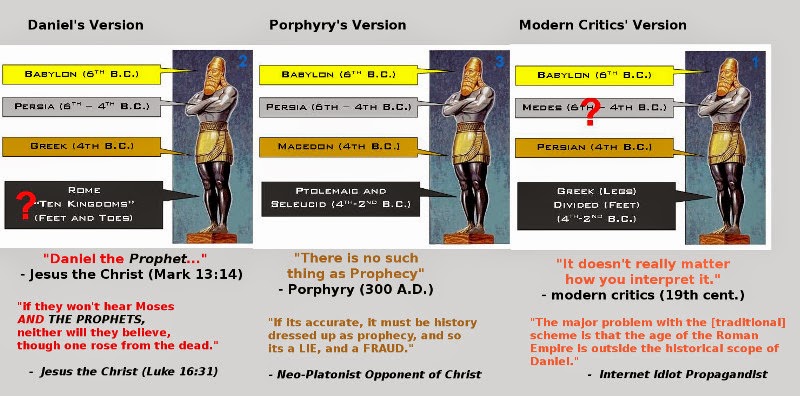One of the most common musical instruments is
the STRINGED instrument,
and it has been made in various styles and forms,
and played in a variety of ways, from striking with sticks,
to plucking, to stroking with animal-hair bows.
You will find stringed instruments in every culture in the world,
stretching back to early antiquity.
The most popular stringed instruments in the Middle East
seem to have originated in ancient Greece and to have spread
from Cyprus to Egypt and Palestine.
We learn from writings, inscriptions and pictographs,
The Lyre
- a stringed musical instrument known for its use in Greek classical antiquity and later. The word comes from the Greek lyra and the earliest reference to the word is the Mycenaean Greek ru-ra-ta-e, meaning "lyrists", written in Linear B syllabic script. The earliest picture of a lyre with seven strings appears in the famous sarcophagus of Hagia Triada (a Minoan settlement in Crete). The sarcophagus was used during the Mycenaean occupation of Crete (1400 BC). The recitations of the Ancient Greeks were accompanied by lyre playing.
The lyre of classical antiquity was ordinarily played by being strummed with a plectrum, like a guitar or a zither, rather than being plucked, like a harp. The fingers of the free hand silenced the unwanted strings in the chord. The lyre is similar in appearance to a small harp but with distinct differences.
The word lyre can either refer specifically to a common folk-instrument, which is a smaller version of the professional kithara and eastern-Aegean barbiton, or lyrecan refer generally to all three instruments as a family. In organology, lyres are defined as "yoke lutes", being lutes in which the strings are attached to a yoke which lies in the same plane as the sound-table and consists of two arms and a cross-bar.
that musical instruments were imported very early from Greece
into the Mediterranean Islands such as Cyprus, North Africa, especially Egypt, and indeed into King's Courts all over the Middle East.
Its no surprise that Greek names for various musical instruments
also penetrated into many languages as 'loan words' to name
and identify Greek musical instruments, or instruments which
were based on earlier Greek designs.
Musicians and their instruments were both hired and captured from
many foreign locations and imported into Middle Eastern courts of kings.
The three musical instruments mentioned by Daniel several times
in chapter 3 are not 'anachronistic' or surprising at all, given that
Greek musical instruments had already been imported into Egypt
and other kingly courts centuries before Daniel lived.
Both the skilled players and teachers, and the instruments' names
would have been naturally imported alongside
the renowned Greek music that was coveted by wealthy patrons
in kingly courts all over the world.
Thus the presence of these possibly Greek loan-words to indicate
ancient musical instruments is not any evidence at all for a date
of composition any different than that claimed by the book
or expected to be assigned if its contents were authentic and
contemporary with the Babylonian Captivity.





























